-
Posts
4,723 -
Joined
-
Last visited
-
Days Won
7
Content Type
Profiles
Forums
Blogs
Gallery
Events
Store
Posts posted by Gordon Craig
-
-
Michael R,
This appears to be a pouch for part of an LA6NCA radio, specifically for a LiSpr 80. I write up on this radio is available at the link below. The date on the article dates this radio from 1940. I've posted some info from the article so that your thread is complete and in case the article itself should disappear.
This is a 2-way audio communication equipment.
The signal is transferred on a light beam from a 5-watt bulb.
The light beam is modulated with a light phase modulator.
The light beam is AM-modulated with a moving prism.
The position of this prism is manipulated of the transmitter audio amplifier.Red and IR filter can be inserted in the beam.
Receiver and transmitter have one lens each.
Light detector is placed 250 mm behind the receiver lens.
Diameter on the light detector is less than 1 mm,
so the direction of the unit is very important.
Diameter of the light beam is only 1.4 meter at 250 meter from the transmitter lens.
This will give a diameter of 7 meter 1 km away.
An RV2P800 tube is connected directly to the light detector as a preamplifier.
Diameter on the receiver and transmitter lens is 80 mm.
Manufactured by Carl Zeis Jena.0 -
Tupper,
These screw nuts probably predate the BRD and DDR era. Prawena has been in the badge making business for a long time. I can not say off hand exactly which badge they could belong to. Perhaps someone else, such as Nico, can add some more ideas.
Regards,
Gordon
0 -
-
glengenie
The medal rolls for the CLC medal are not on line but the thread will tell you were they can be found.
https://www.greatwarforum.org/topic/198022-chinese-labour-corps-medal-entitlements-reasearch/
Regards,
Gordon
1 -
glengennie,
Try here for some tips to tell a fake from a real Bronze medal to the CLC. I have a link to a list of members of the CLC lining their name to the number on the medal. I'll have a look for it
https://www.medalsofengland.com/medals.php?id=174&medalid=1842
Regards,
Gordon
1 -
Enzo,
Impressive medal and history.
Regards,
Gordon
0 -
Enzo,
Wonderful picture. Thanks for posting it.
Regards,
Gordon
0 -
Thanks for the name.
Regards,
Gordon
Claudius,
From WIKI.
Paul Bäumer
From Wikipedia, the free encyclopedia
Jump to navigationJump to search
Paul Bäumer
Nickname(s)"Der Eiserne Adler" (The Iron Eagle)
Born11 May 1896
DuisburgDied15 July 1927 (aged 31)
Near Copenhagen, DenmarkAllegianceGerman Empire; Weimar Republic
Service/branchInfantry, Luftstreitkräfte
Years of service1914–1918
RankLieutenant
UnitFA 7, Jastas 2 & 5
AwardsPour le Mérite, Military Merit Cross, Iron Cross 1st & 2nd Class, Silver Wound Badge
This article deals with Paul Bäumer the pilot. For the fictional Paul Bäumer, see All Quiet on the Western Front. For the late member of electronic music group Bingo Players, see Bingo Players
Paul Wilhelm Bäumer (11 May 1896 – 15 July 1927) was a German fighter ace in World War I.
Contents
1Background
2Involvement in World War I
3Post-War Career
4External links
5References
6Bibliography
Background[edit]
Bäumer was born on 11 May 1896 in Duisburg, Germany. He was a dental assistant before World War I, and earned a private pilot's license by Summer 1914.[1]
Involvement in World War I[edit]
At the start of the war, he joined the 70th Infantry Regiment. He served in both France and Russia, being wounded in the arm in the latter. He then transferred to the air service as a dental assistant before being accepted for military pilot training.[1]
By October 1916, he was serving as a ferry pilot and instructor at Armee Flugpark 1. On 19 February 1917, he was promoted to Gefreiter. On 26 March, he was assigned to Flieger Abteilung 7; he was promoted to Unteroffizier on the 29th.[1]
On 15 May 1917, he was awarded the Iron Cross Second Class. He subsequently received training on single-seaters, consequently being posted to fighter duty. Bäumer joined Jagdstaffel 5 on 30 June 1917, scoring three victories as a balloon buster in mid-July before going to the elite Jasta Boelcke.[1]
Bäumer claimed heavily, reaching 18 victories by year end. He was commissioned in April 1918. On 29 May Bäumer was injured in a crash, breaking his jaw, and he returned to the Jasta in September. With the arrival of the Fokker D.VII he claimed even more success, including 16 in September. Nicknamed "The Iron Eagle", he flew with a personal emblem of an Edelweiss on his aircraft. He was one of the few pilots in World War I whose lives were saved by parachute deployment, when he was shot down in flames in September. He received the Pour le Mérite shortly before the Armistice and was finally credited with 43 victories, ranking ninth among German aces.[1]
Post-War Career[edit]
After the war, Bäumer worked briefly in the dockyards before he became a dentist, and reportedly one of his patients, Erich Maria Remarque, used Bäumer's name for the protagonist of his antiwar novel All Quiet on the Western Front.[1]
Continuing his interest in flying, he founded his own aircraft company in Hamburg. Bäumer died in an air crash at Copenhagen on 15 July 1927, age 31, while test flying a Rohrbach Ro IX fighter.[1]
External links
Paul Bäumer page at theaerodrome.com
0 -
Hi,
Thanks for the additional pictures. I have been looking at this cross but I still am not sure what the inscription says on the back. Would please tell us what you think it says.
Regards,
Gordon
0 -
Tupper,
I wouldn't try to clean the interior. Better to leave it as it is. No way of know what the results will be if you try and clean it. Uwe said it was the last type. That is shown by the simplified type of pin used to attach the award to the tunic. Earlier awards had a more complicated type of latch for the pin.
Regards,
Gordon
0 -
Joseph,
I am not a knowledgeable person on these medals but your thread has peaked my interest on them. I do not own one of these silver medals but I will post the picture of some that I found on the internet. As well, I found two silver medals for sale that had been awarded to members of the Irish Battalion of St. Patrick. One on Worthpoint only identified as being issued to an Irish Corporal (I wasn't able to obtain a picture of this medal) and two medals awarded to Captain Myles Keough. Plus the silver medal sold by Emedals. I think that you will find the medals issued to Captain Keough of interest.
The "Pro Petri Sede Medaglia" was taken from the body of Myles Keogh when found June 27, 1876 on the east side of the battle ridge at the Little Big Horn. Myles Keogh is seen wearing these two medals in Civil War photography and during the Indian War. The "Medaglia di Pro Petri Sede" (Pro Petri Medal) was presented to Keogh after the Papal War by Pope Pius IX 1860, he was also awarded the "Ordine di San Gregorio" (St. Gregory Medal). Vatican records confirm these two medals both given to Keogh. The Papal War of 1860 ended with the fall of Ancona where as many as 100 Irish soldiers in the Battalion of St. Patrick were killed or wounded during those few weeks in September. For their service, each officer and enlisted man was awarded the Medal for Gallantry "Pro Petri Sede Medaglia" by Pope Pius IX. The medal is a circular, silvered nickel-silver medal with hollow center with inverted Latin cross. With a circular ring in the form of a scaled mythical creature swallowing it's own tail, on ornate swivel suspension with ribbon bar; the face circumscribed 'PRO PETRI SEDE' (literally 'for the seat of Peter', meaning for the Vatican) above and 'PIO*IX*P*M*A*XV' (= Pius IX Pontifex Maximus 15th year, for the 15th year of the reign of Pope Pius IX = 1860); the reverse circumscribed 'VICTORIA OVAE VINCIT MUNDUM FIDES NOSTRA' (The victory of our flock conquers the world with our faith). These medals were of great importance to Keogh when he lost both in a fire at the famous Galt House Hotel in Louisville, Kentucky in 1865. In 1867 Keogh obtained replacement medals. Keogh affirmed he didn't want to take leave for home in Ireland unless he had both medals with him. The last known photograph of Keogh taken in 1872 shows both medals prominently displayed on his left breast. These two medals of Myles Keogh are extremely well provenanced from direct family descent and lastly, one of the largest historians and authorities of Custer memorabilia, Dr. Elizabeth Lawrence. There are few personal mementos documented from the Custer battlefield that have a more interesting history than Keogh's Medal for Gallantry "Medaglia di Pro Petri Sede" given him by Pope Pius IX in 1860 while he was fighting with other Irish Catholics in the Battalion of St. Patrick in the Papal Army. There are numerous accounts concerning Keogh's body being not mutilated due to the fact he was wearing this medal. One of the most comprehensive texts on the Custer battle is Evan Connell's 1984 Son of the Morning Star where he summarizes several accounts of Keogh's body and this medal "Captain Myles Keogh had not been disfigured. He lay naked except for his socks, with a Catholic medal around his neck which usually is identified as an Agnus Dei, perhaps because Agnus Dei is a familiar phrase. Romantics describe it as a cross hanging from a golden chain. Almost certainly this medal was kept in a small leather purse or sheath and Keogh most likely wore it suspended by a leather thong or length of cord. It was the Medaglia di Pro Petri Sede awarded to him by Pope Pius IX for service with the Papal Army." In the most important biography of Keogh, written in 1939 by Edward Luce Keogh, Comanche and Custer. Luce was positive it was "the Pro Petri" medal that he wore and further claimed it was in "... a leather case attached to a cord around his neck..."". Accompanying these medals is a file of correspondence from descendants and Dr. Lawrence concerning medal. It is interesting to note that in a copy of Keogh's will written just three days prior to his death states his $10,000 life insurance policy and all his personal affects would be given to his sister Margaret Keogh in Ireland. In an article posted online, PROVENANCE: Myles Keogh 7th US Cavalry 1860, Margaret Keogh (sister) Kil Kenny, Ireland 1876, Dr. Desmond Blanchfield Keogh,Carlow, Ireland 1947, Garret Keogh Dublin, Ireland 1988, Dr. Elizabeth Atwood Lawrence 1988, Dr. Robert P. Lawrence 2003. CONDITION: Very good overall. Minor chipping in red enamel on St. Gregory Medal. Suspension ring opened on St. Gregory cross to green enameled wreath which is chipped, missing about 60% of enamel overall. Pro Petri still exhibits some luster, however plating is worn and scratched over much of its surface with small reductions of silver plating on cross as can be seen in photographs. 4-54477
Regards,
Gordon
0 -
drspeck,
Another avenue might be searching for regiments. I once found a list of regiments and the typical clasps awarded to it on the Queens Boar War medal. This is not fool proof of course as everyone in the regiment did not receive identical clasps. I have searched for it again but have been unable to locate it. Good luck in your search.
Regards,
Gordon
0 -
Joseph,
Thanks for your response. Since I made my post I found a link on The Medal Book that indicates several clasps for this medal. Also numerous pictures of silver medals but the only gold one that shows up on the web appears to be the one in your collection. An interesting question you have asked and with so little data on these medals it would be interesting to add the answer to your knowledge of the medal. I don't collect Papal medals as a rule. My main interests is in medals that have been awarded for a particular battle and this one fits the bill nicely. Emedals has sold a couple of silver ones and some seem to have been sold on ebay. Are you aware of copies of the silver ones?
Regards,
Gordon
0 -
Alpha Draconis,
Interesting medal that I have not seen before. Perhaps you would explain what battles other than Castelfidardo this medal was awarded for? All of the reference I have found on line say it was only issued for the battle of Castelfidardo.
Regards,
Gordon
0 -
-
leninde,
Your welcome. Always interesting to have less known subjects on the forum.
Regards,
Gordon
0 -
LiLnuke,
Yes your Grandfather would have had the EKII for 1939. Order of award for the EK did not change in WWII although there were more grades of the award available in WWII.
Regards,
Gordon
0 -
Hi,
If you haven't visited this thread before it might be helpful to you.
Regards,
Gordon
https://www.britishbadgeforum.com/forums/showthread.php?t=31698
0 -
TacHel,
Translated from AUSZEICHNUNGEN DER NATIONALEN VOLKSARMEE DER DDR by Klaus H. Feder and Uta Feder
Medal for merit in reservist work On 28 May 1985, Minister of National Defense of the GDR Army General H. Hoffmann, issued Order No. 030/9/015 on the basis of the decision of the Political Bureau of the Central Committee of the SED “Measures to prepare and implement the 30th anniversary of the NVA” about the foundation and award of the medal for merit in reserve work. This came into force on June 1, 1985. With this, the medal for merits in reservist work was donated as an internal award. Your award was not published in the GDR Law Gazette. The medal was awarded for outstanding services in the development and management of reservist work outside the reservist military service to: served reservists; Citizens who had served in military professions for many years and who added "out of service" (ret.) To their rank. It was awarded in the levels of gold, silver and bronze, with multiple awards being possible in each level. The award of the medal included a certificate and a financial contribution. This was 400.00 marks for the gold level, 300.00 marks for the silver level and 200.00 marks for the bronze level. Each year, 250 gold medals, 500 silver medals and 750 bronze medals were awarded. The award was given on behalf of the Minister of National Defense: - the deputy minister and head of the NVA's Political Headquarters; - THE Deputy Minister and Chief of the Land Forces; the head of the military districts on the occasion of the anniversary of the NVA and the evaluation of the socialist competition of the reservist and the end of the training year. year. The first award was made at the end of March 1, 1986, on the occasion of the 30th anniversary of the NVA.Regards,
Gordon
0 -
Hendrik,
Thanks for your response. So the Dien Bein Phu medal is unofficial. Do you have any background information on it? I assume it was some veterans organization that had it produced?
Regards,
Gordon
0 -
-
Good Morning,
Interesting picture. Too bad someone else hasn't made a post to answer your question. I'm not an expert on the EK 1 1914 but I checked all of the 1914 crosses that I own and they all have an open 4. Here is the cross that I have, with a clam shell back, that I have always considered to be a copy because of the ridge around the clam shell. It is quite well made and of three piece construction. But the silver on the edges of the cross has never tarnished in the 20 years that I have owned it but has started to peal off. It has an open 4. Good luck in your search for an answer to your question.
Regards,
Gordon
0 -
GreyC,
From the hat I would guess from the USA.
Regards,
Gordon
0 -
5 hours ago, Linasl said:
Thanks for the info Bayern. Any idea when it started being produced?
Linas
https://en.wikipedia.org/wiki/M1942_Modelo_Z
This link will give you a little more info on the helmet. Also, a picture with the parade emblem in place. The helmet that you posted pictures of is in poor condition. These helmets are not hard to find in very good condition and are not expensive.
Regards,
Gordon
0




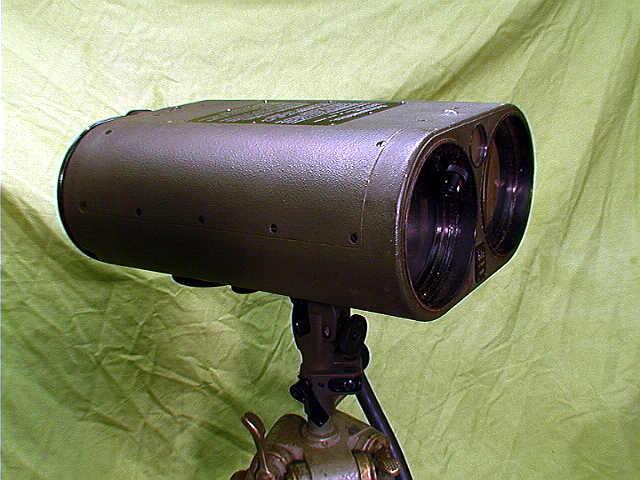
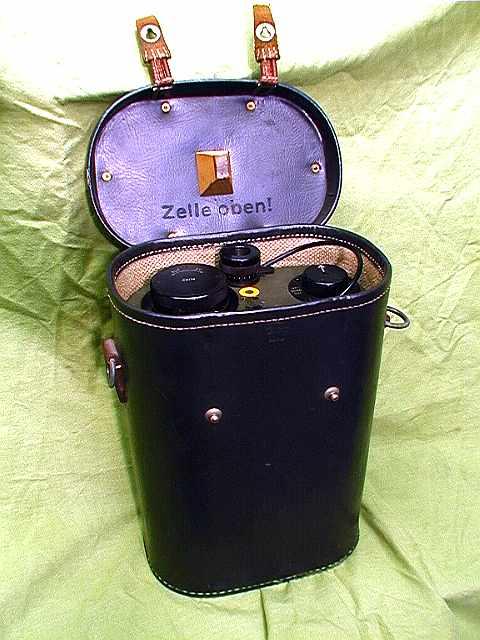

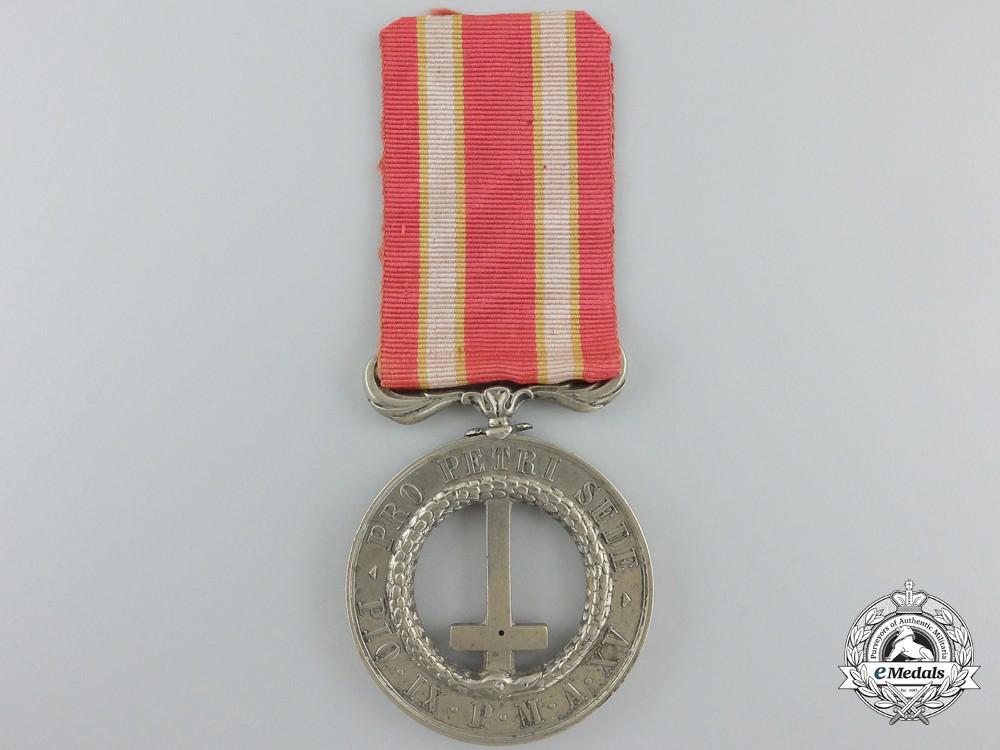
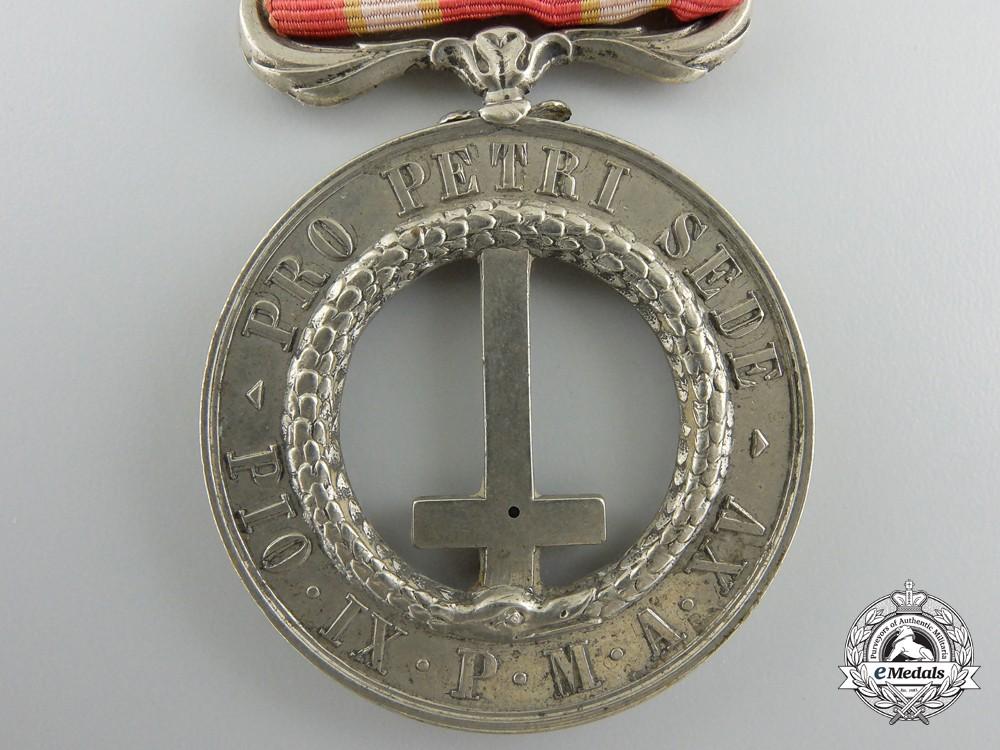
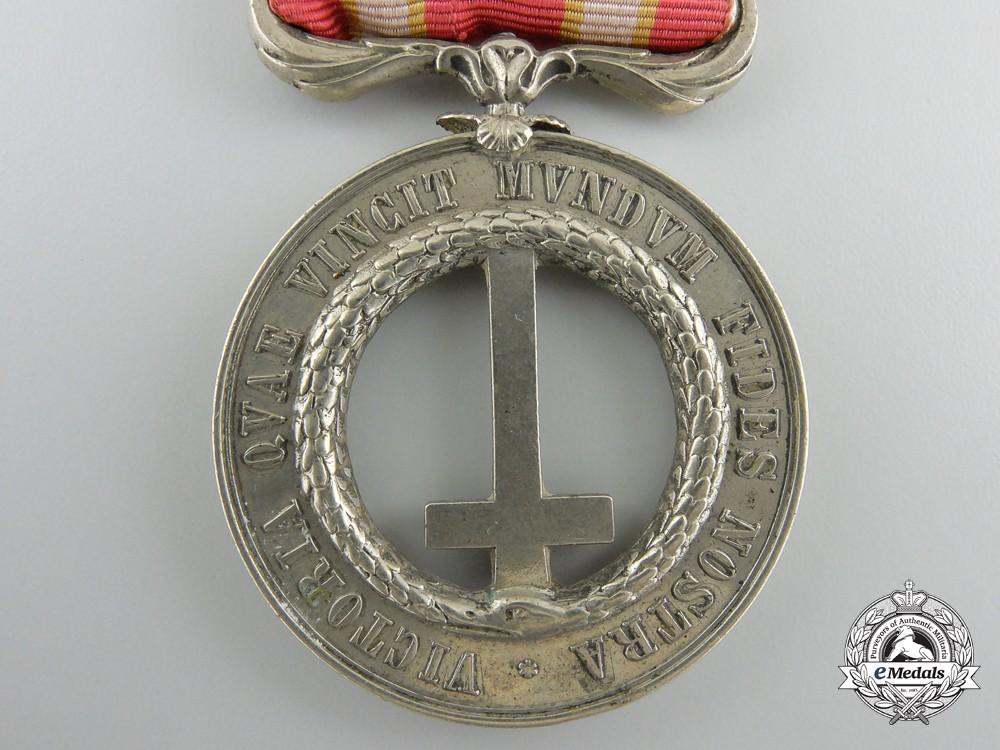
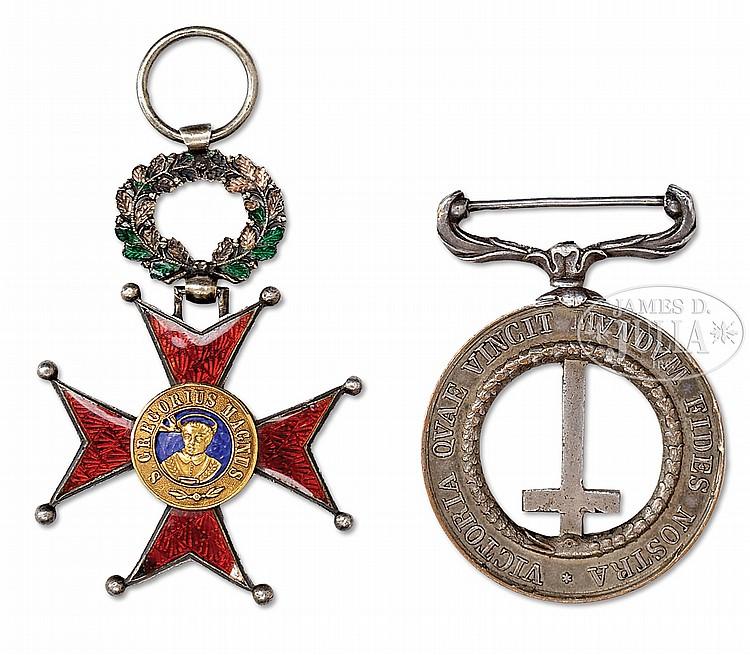
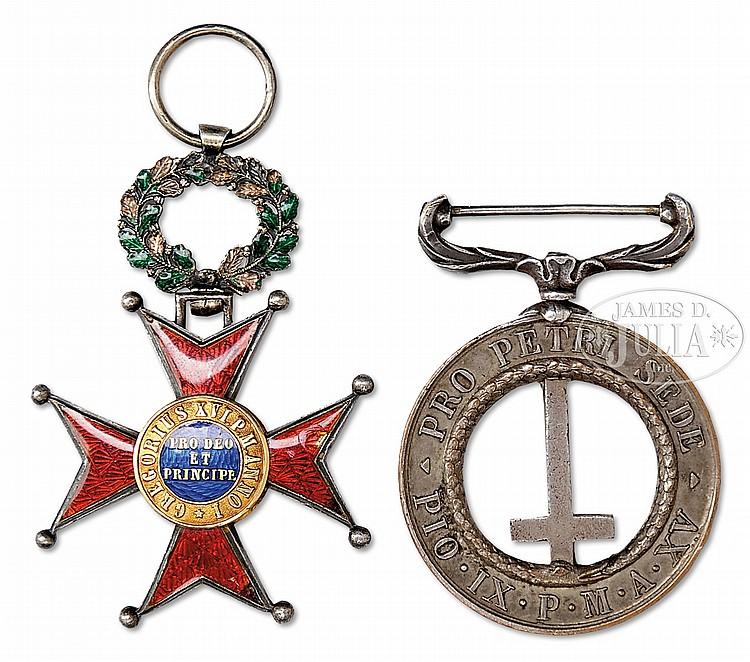
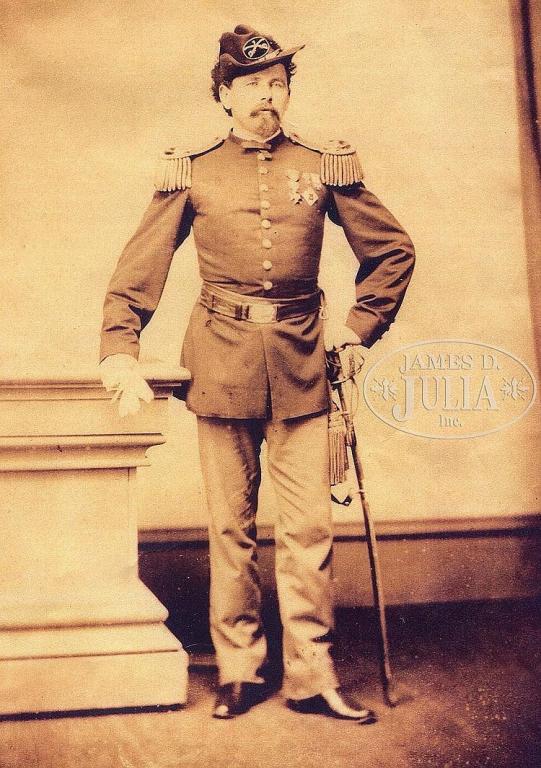
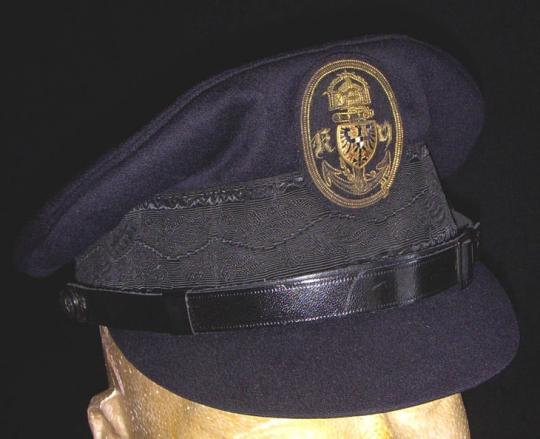

German equipment pouch -- Help in identification please
in Germany: Third Reich: Uniforms, Headwear, Insignia & Equipment
Posted
Michael R.
Here is another link from the same person about this radio and its use including war time pictures of it in use.
Regards,
Gordon
http://www.la6nca.net/tysk2/lispr/index.htm